Netflix's recent series I Am Not Okay With This makes itself attractive to modern-day audiences on many fronts. It deals in the supernatural, it's consistent with Netflix's latest and seemingly successful theme of high-school based drama, it's got a pleasing, indie-esque aesthetic charm and it's lead by characters who are both misfits yet have a quality of the unique-cool, something most people can relate to or find appealing.
All in all, this show hits the mark for being a pretty reliable, inoffensive watch. Many facets make it progressive, up-to-date and socially relevant--all admirable qualities. But after streaming the show in its entirety, one might be left feeling a bit luke-warm when reflecting on the fact that, while there are many reasons we love the show, there are also quite a few reasons that we don't...
10 Do: It's a Female-Driven Plot
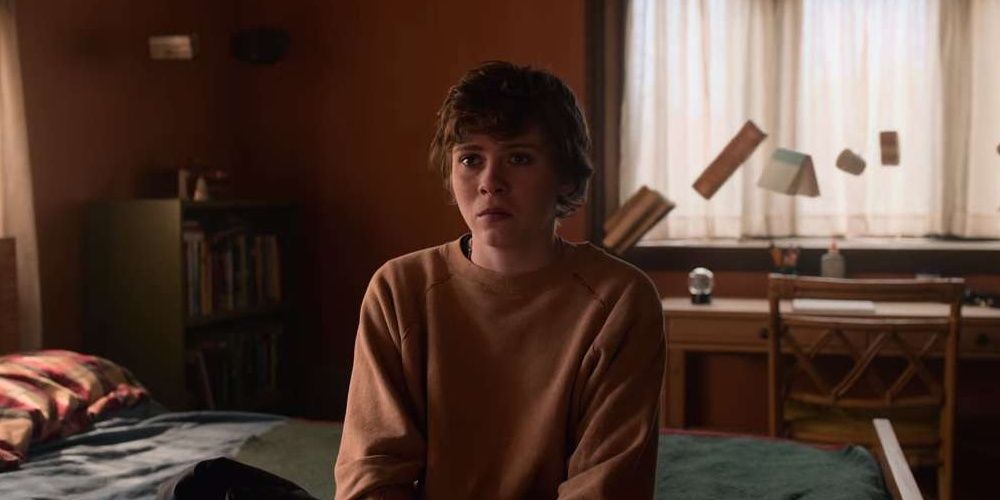
Actress Sophia Lillis does well in portraying the lead, Syd, as a strong-willed, self-sufficient character. Syd is certainly extremely angsty and at times difficult to tolerate even as a viewer, but when taking into account her father's recent suicide and the fact that she's, well, a teenager with hormones raging through her, the over-the-top emotions make sense. The show presents the audience with somewhat of a social outcast of a lead character who, despite this, does not show much desire to please the people around her. Syd spends most of her time dead-pan and unamused, and this is rare for a female lead.
9 Don't: The Narration Is Weak
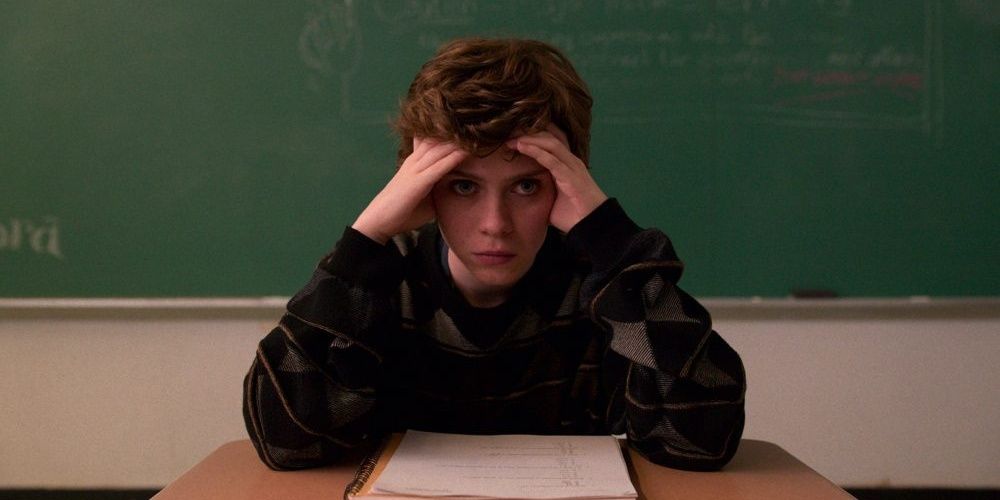
While Syd is a pretty tough and complex character, her narration leaves much to be desired. Yes, teenagers swear a lot and are often not as eloquent as they could be, but to sustain an audience through a series there has to be some degree of interest in the narration--especially if the show is choosing to have as much narration as this show does.
Most of the time the audience is subject to Syd's incessant moaning about some interaction or perception on why the world is yet again unfair, and this always interspersed with loud exclamations of the F word. It's grating.
8 Do: It's LGBTQ+ Represenatative
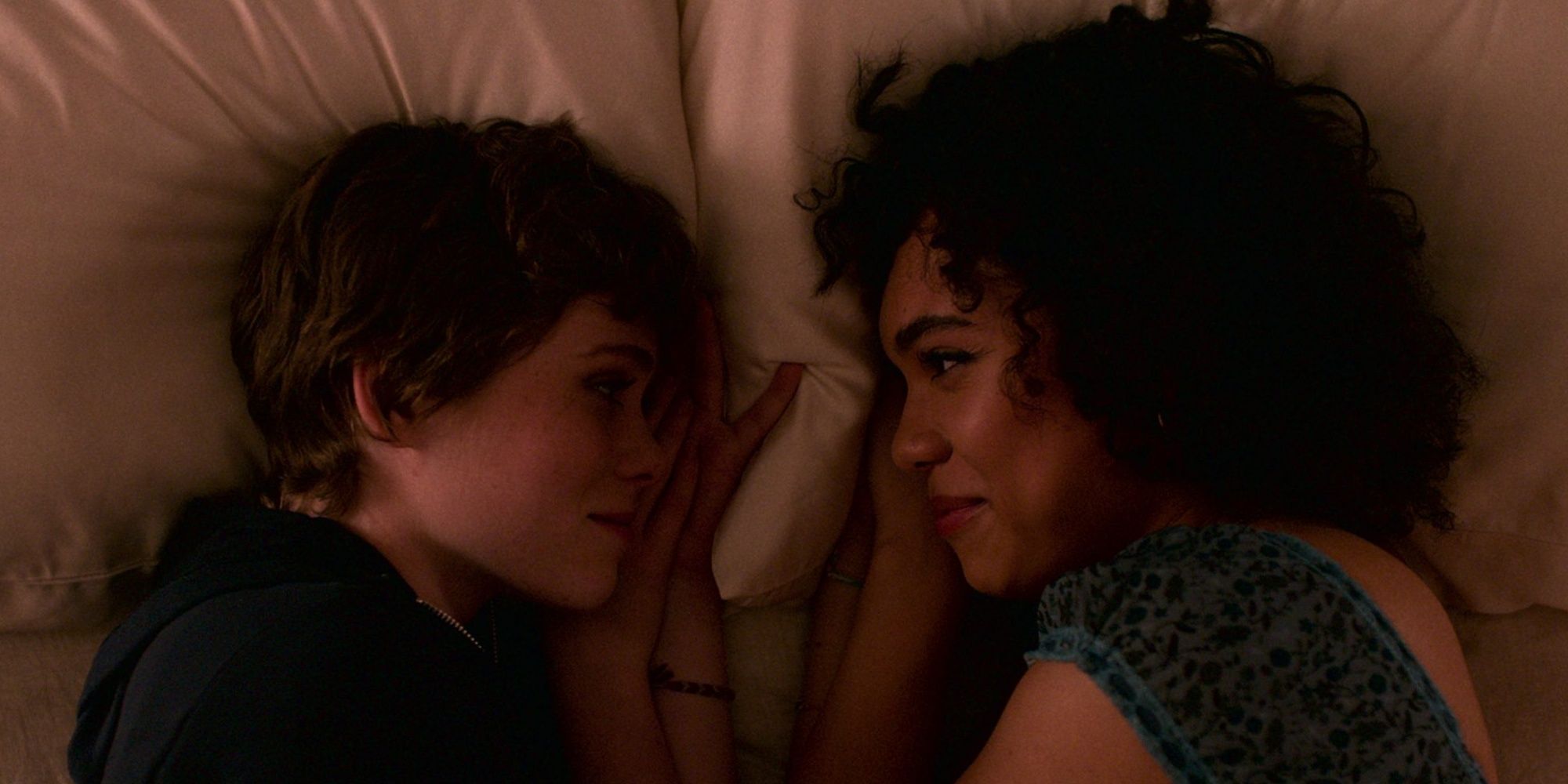
Like many of the shows surfacing on Netflix in the past year or so, I Am Not Okay With This features a teenager coming to understand their sexuality. Many of the explorations of sexuality in these shows, such as Sex Education, feature narratives that, from the start, are open to sexual fluidity.
Heterosexuality is seldom treated as a default, and I Am Not Okay With This continues this approach. With more shows doing this, the fluidity of sexuality will become more normalized and inclusivity less remarkable.
7 Don't: Under-Developed Chemistry
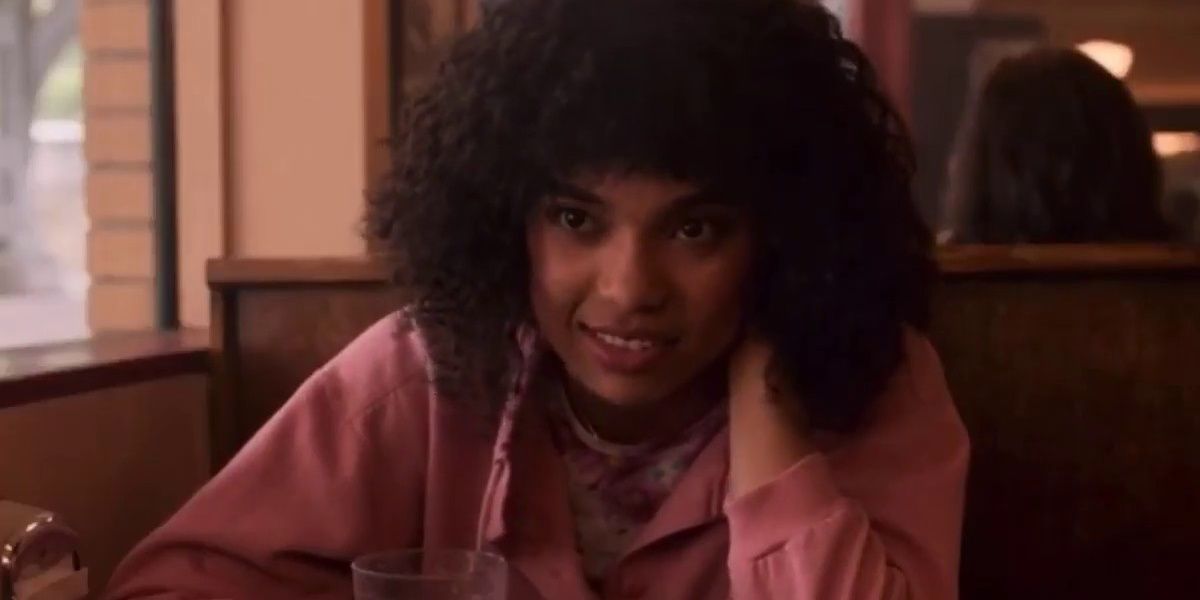
Syd is supposed to be in love with her best friend, Dina. Beyond being informed through Syd's constant narration that Dina is her best friend and that she adores her, we are not given much else to actually show us how intimate their relationship is proposed to be. Rather than exciting and relatable, Syd's fixation on Dina becomes a bit annoying and, frankly, pathetic. As soon as Dina starts dating the school popular-jerk, Syd becomes constantly defensive and resentful of Dina, and if we had been made to better understand the closeness of their relationship we would be more sympathetic. However, we end up on neither Dina nor Syd's side with any particular passion.
6 Do: It's Class-Inclusive
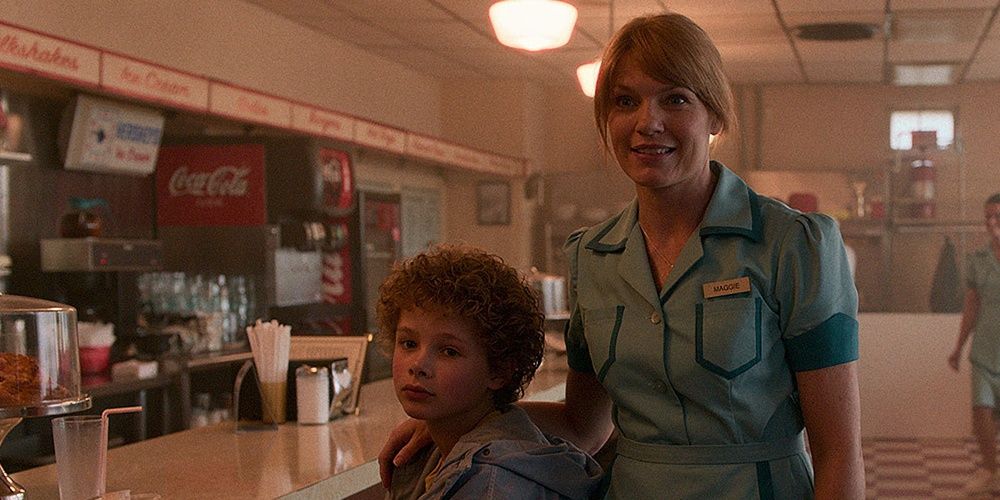
Syd belongs to a working-class family. We see her stuck with the responsibility of taking care of her younger brother while her mother works over-time shifts at the local diner. We witness her embarrassment at not having enough money to pay for groceries for her family. Her mother is attentive to how her children look when they leave the house because she doesn't want them to repeat outfits just in case it contributes to the town thinking less of them. It's a bit of a relief to see the focal point of a show exist within the context of the working-class when so many Netflix specials assume middle-class suburbia as normal.
5 Don't: It's Very White
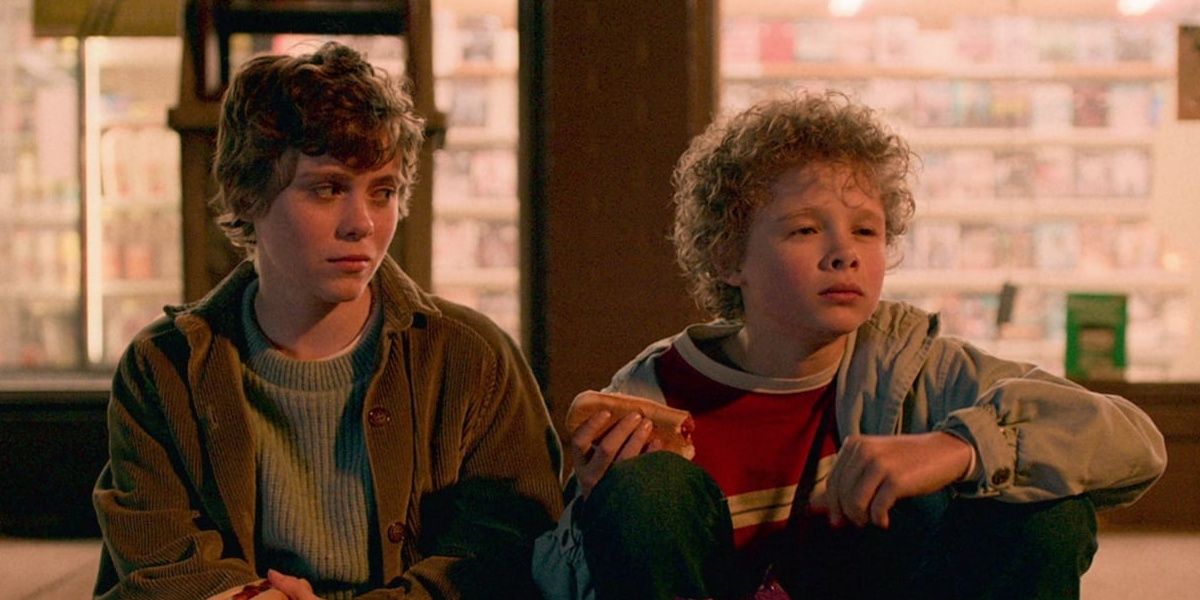
Dina is the only person of color in the show, save one other black character who hardly counts as a character as he has no character make-up aside from being the briefly-sighted friend of a leading white male character. For a show that features class-inclusion and is lead by misfits, racial inclusion seems an obvious thing to miss.
One could argue that small, rural rust-belt towns such as Brownsville may, in fact, be quite white areas, but...the show features super-powers. So having more people of color is not exactly a stretch.
4 Do: Syd and Stanley's Friendship
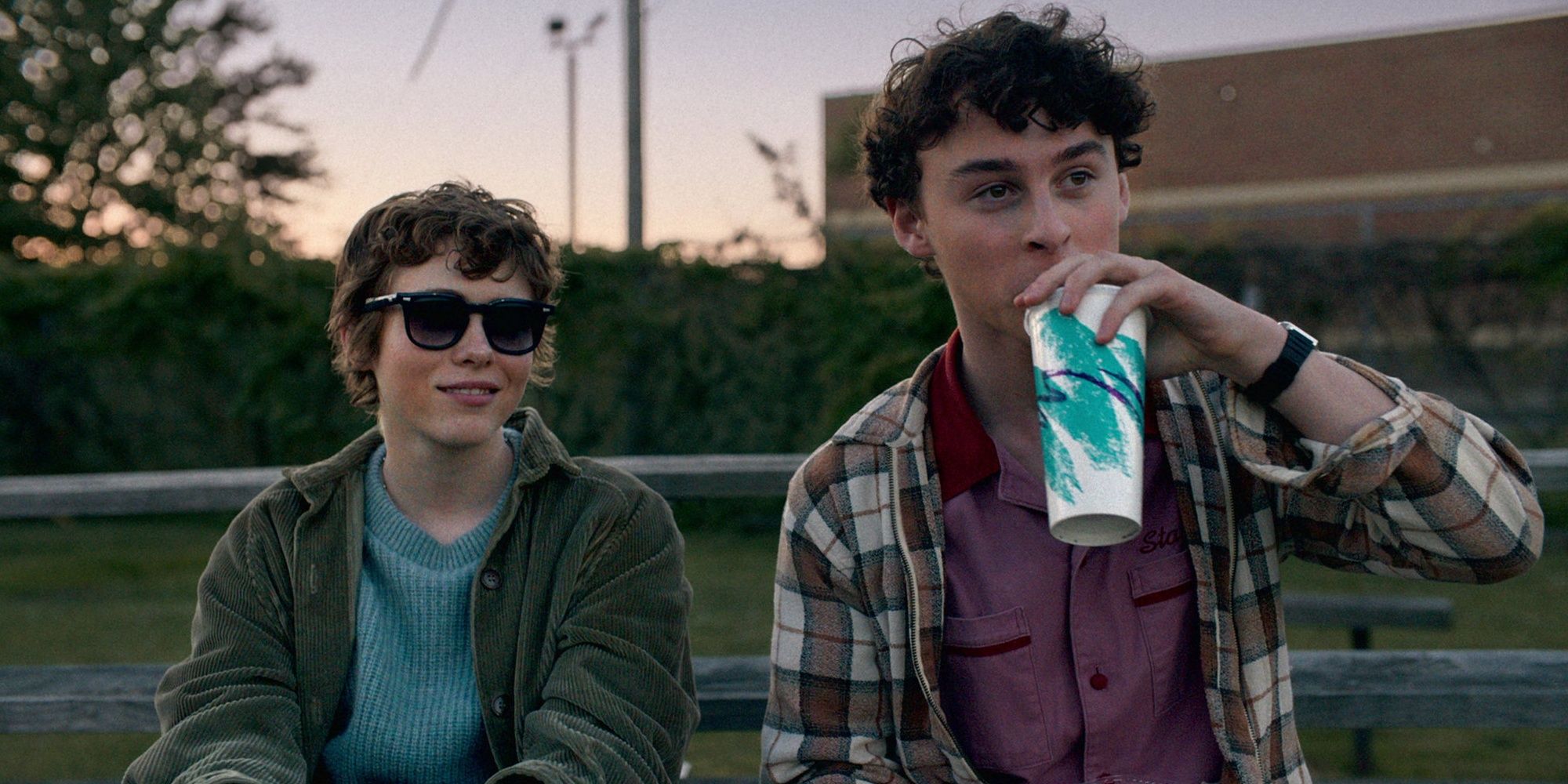
One of the best parts of the show is Syd and Stanley's storyline. Both characters have a well-rounded back story, allowing us to be more interested in them as individuals. This breeds more investment in each of them, and therefore builds much adoration and anticipation in their relation to each other. Both are social outcasts, both have troubled family lives, and both come off as pretty lonely people. The strangeness of how they bond is refreshing in that it is both gross--they compare body acne--and real. Much of their relationship continues this way--fluctuating between cringe-y and comforting, and what's more real than that?
3 Don't: It's Slow
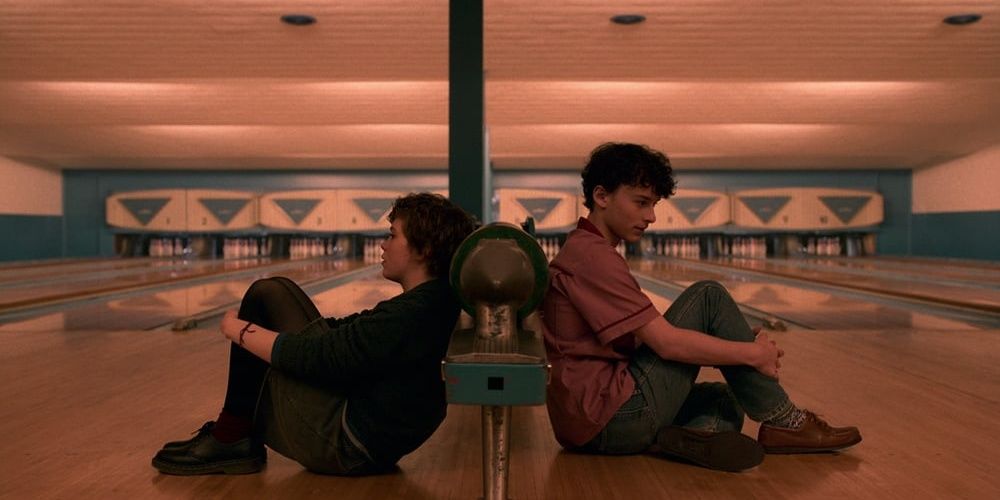
The way that the plot is executed is admirable in that many of the small details are well done. However, the overall plot of the show isn't exactly ground-breaking-- a teenager discovers they have powers and chaos ensues--and at times we feel dragged through an episode that we can probably already guess what happens at the end of. Perhaps it would feel like less of a slog if some excesses were cut short. For example, is it really necessary to have so many shots of Syd being annoyed and storming off? Maybe if they cut short some of her teenage rambling we wouldn't feel too bored to get to the good stuff.
2 Do: It Challenges Our Understanding of Grief
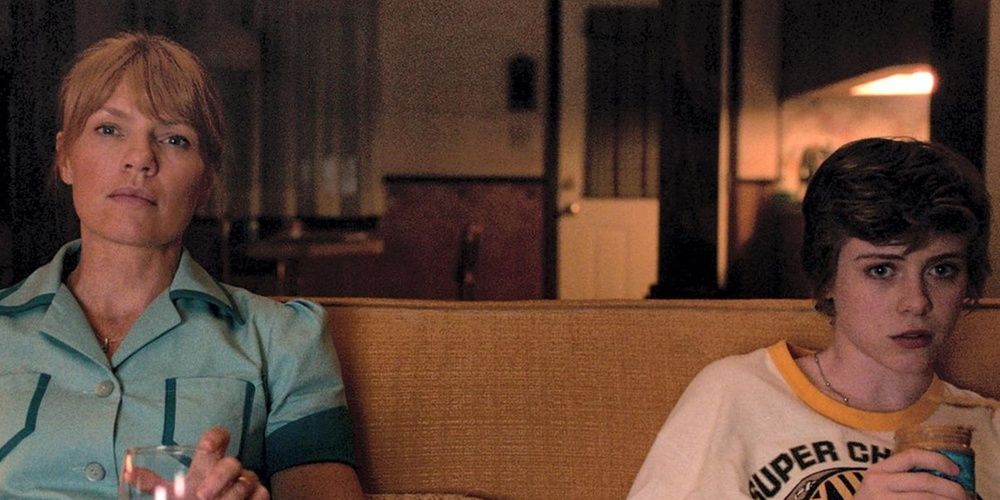
As stated earlier, Syd is not the easiest character to sit with. She is almost always complaining and usually taking for granted the attention and loyalty of her sweet friend Stanley, who has problems of his own. But this may actually be a smarter aspect of the series. While it would be easy to dismiss Syd as self-centered and a bad friend, the knowledge of her father's recent death pops up as a regular reminder that maybe we don't understand what it means to grieve somebody's death--and even if we do, we don't know everyone's experience. To know that someone is white, working-class, queer and a female is only a handful of things that impact their version of reality.
1 Don't: The Last Episode
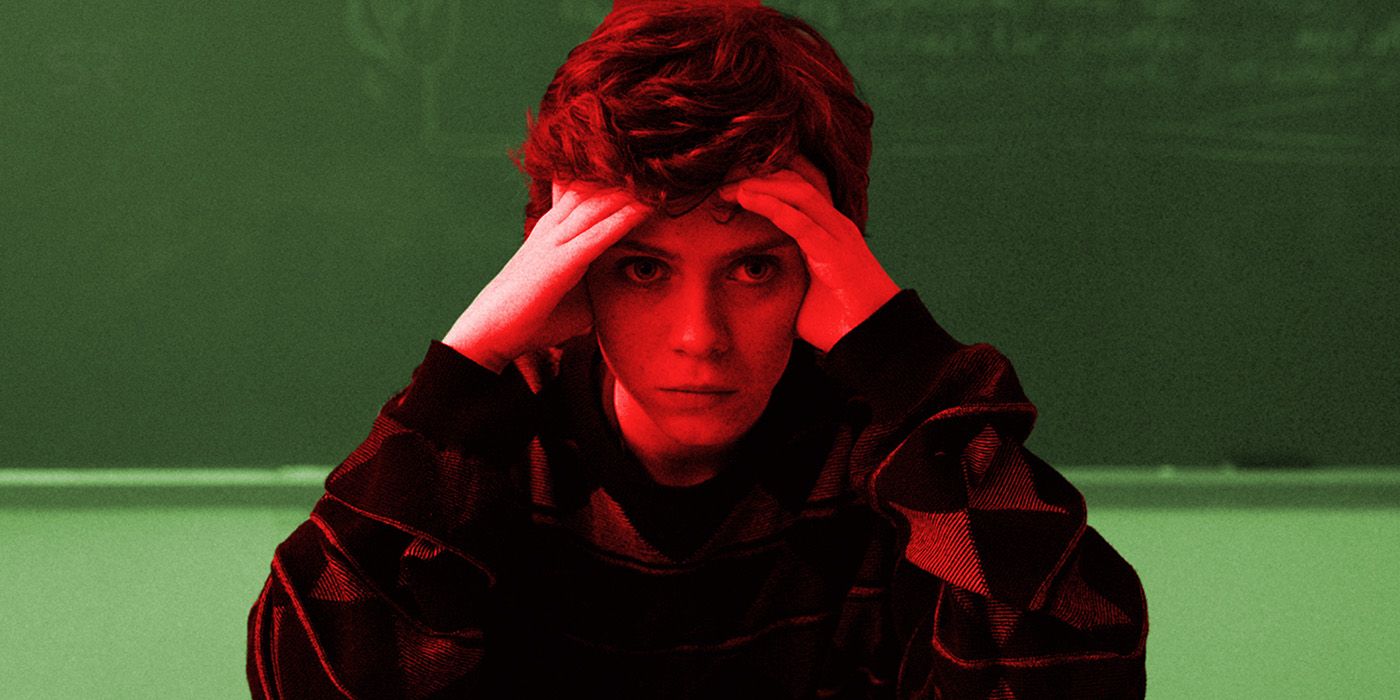
The last episode doesn't make any sense. Okay, yes, the show is about magical powers and so on most counts should not be measured against reality--but there are certain modes of reality established within the world of a show, and the final episode breaks some of those basic rules. Namely, the fact that the pivotal scene of the episode would not happen in the world of the show. Syd's High School is portrayed as a standard American High School, one with teachers and rules and teachers enforcing those rules. Therefore, it's quite unbelievable that the climax of the final scene depends on the fact that when popular jock Brad Lewis takes the microphone out of an (ahem) teacher's hand and decides to give his own unsolicited speech, nobody stops him. Not even when he slowly pulls out Syd's diary, announces that he is about to read from a student's diary, and then goes on to do so for an extended time. Not a single adult is shown to intervene in this scene, and the unbelievability of it distracts from the scene itself. Perhaps season two will offer an explanation.
from ScreenRant - Feed https://ift.tt/3apwGLR

0 Comments